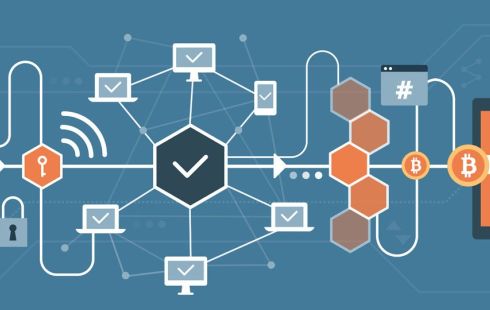Blockchain technology and nonfungible tokens are transforming the way that intellectual property is licensed and sold.
A complicated web
Securing intellectual property is a complex task that requires expertise in the areas of law, cybersecurity, and often the nature of intellectual property itself. Businesses require complex and expensive layers of security designed to protect confidential research and development and trade secrets from industrial espionage. IP that’s already in the public domain can be protected by patents, trademarks and copyright registrations. Patents and trademarks are key to protecting a company’s intellectual property, but managing and managing them is an overwhelming task. The patent process, itself, may require filing in multiple jurisdictions, but agreements should be in place with the employees, ensure that they are legally obliged to protect trade secrets, and establish the company copyright in the works created by employees.
To further complicate matters, intellectual property can be licensed under certain agreements between companies that can work in two ways: therefore, a company can have the intellectual property that it grants to a partner, but it can also be for the intellectual property Licensed to another company property create an additional document. Also, many companies don’t even have a comprehensive system or platform to manage their intellectual property. Documents can be stored in different places or belong to different people. Next, consider the sheer amount of sensitive and lucrative information that can be stored on the systems of a company or on software operated by external third parties.
Far-reaching consequences
If all of this is not managed effectively, it can lead to unquantifiable losses for businesses. From the perspective of the incident, copyright, trademark and patent infringements lead to lengthy and costly legal proceedings as well as intangible or indirect losses such as reputational damage or increased insurance premiums.
However, the lost opportunity costs can be even more significant. The success of any investment, including business combinations and acquisitions, may depend on the effectiveness of the due diligence work, when an investor or an acquiring company expects to see all of the assets, including the target company’s entire IP portfolio so that you can make a fair valuation. The inability to demonstrate an accurate and fair value of the intellectual property could significantly affect an assessment. In addition, ongoing intellectual property disputes or pending legal proceedings could also have a negative impact on the investment.
Proof of ownership through tokenization
Companies can use the blockchain to prove their ownership of IP-related assets. Assets are created as tokens on the blockchain and each token transaction is recorded transparently, chronologically and with its own time stamp. All assets are protected by key cryptography, which means that only the owner of an asset can authorize a transaction and their key serves as proof of ownership. In fact, each IP asset could be tokenized and assigned to a user or group authorized to conduct transactions such as licenses. In recent years, blockchain technology has also developed to such an extent that it is possible to deal with complexities such as different authorization levels for documents of different sensitivities; Transactions on a blockchain are immutable and assets cannot be duplicated or destroyed; Therefore, blockchain is a perfectly designed technology for the intellectual property management process.
Blockchain in practice
Large luxury companies are already using this technology to protect intellectual property in their supply chains. French multinational luxury goods conglomerate LMVH and Italian luxury fashion house Prada are among the firms spearheading the Aura Blockchain Consortium, a collaboration that aims to use blockchain to reap back some of the $30 billion or so the industry loses to counterfeiters each year. The platform uses non-fungible tokens (NFTs), a unique digital asset that accompanies a product such as a designer handbag throughout its life cycle from the factory to the end buyer. The buyer can view the product journey as a series of transactions on the platform and their NFT is used to authenticate their bag as a real item.
In an even more ambitious move, blockchain and NFT are also changing the way intellectual property is licensed and sold. For example, IPwe has developed a platform to support the global patent market that enables patents to be licensed and processed as tokens on a blockchain. Organizations can manage and track IP-related assets and transactions in one place, and license or sell IP almost instantly, securely, and with anyone in the world. Patent landscape, including geographical silos, complex documentation requirements and slow processing times.
These are just a few scenarios, but there are many more. To summarize the challenges of intellectual property, perhaps best described using the tools and processes of the 20th century to manage assets of the 21st century. Get the most out of your intellectual property. In the years to come, businesses will rely on technology to address their legacy challenges of managing intellectual property, protecting their assets, and unlocking lost value.
Source link




